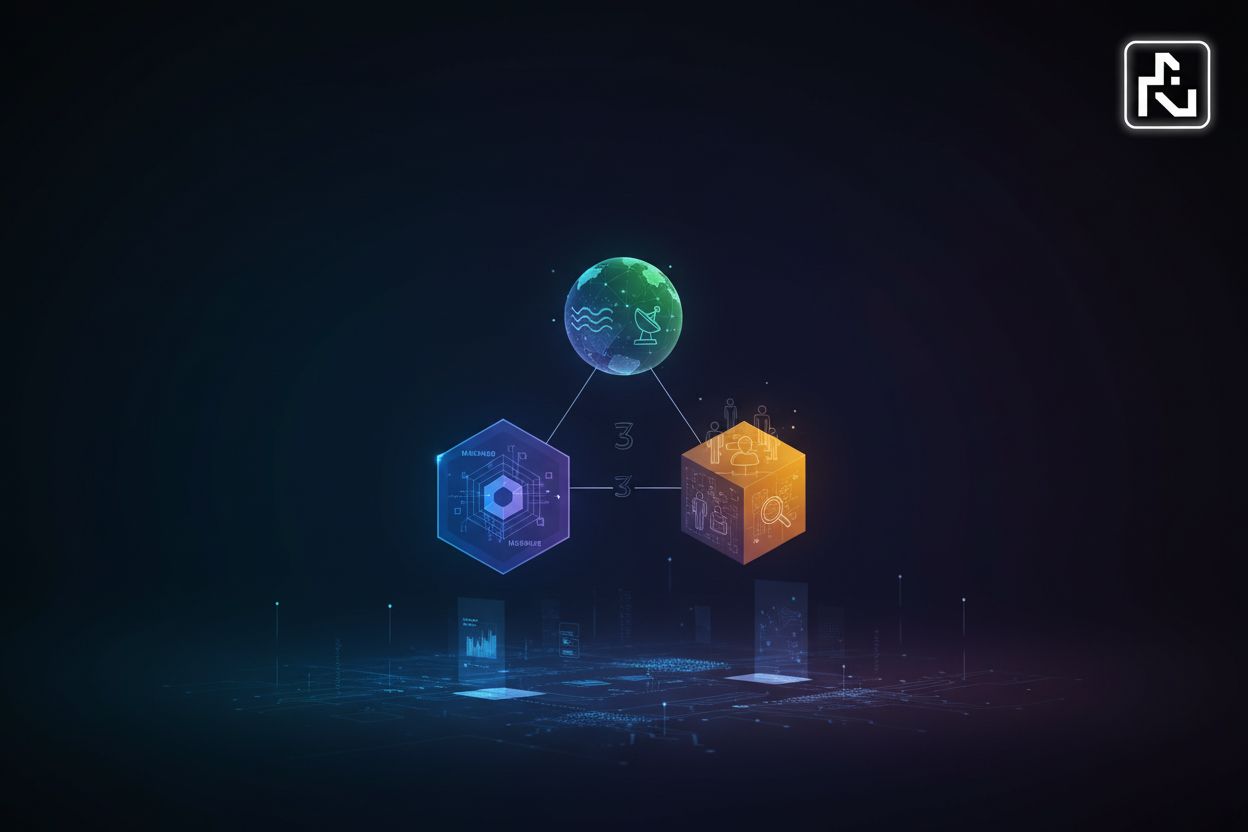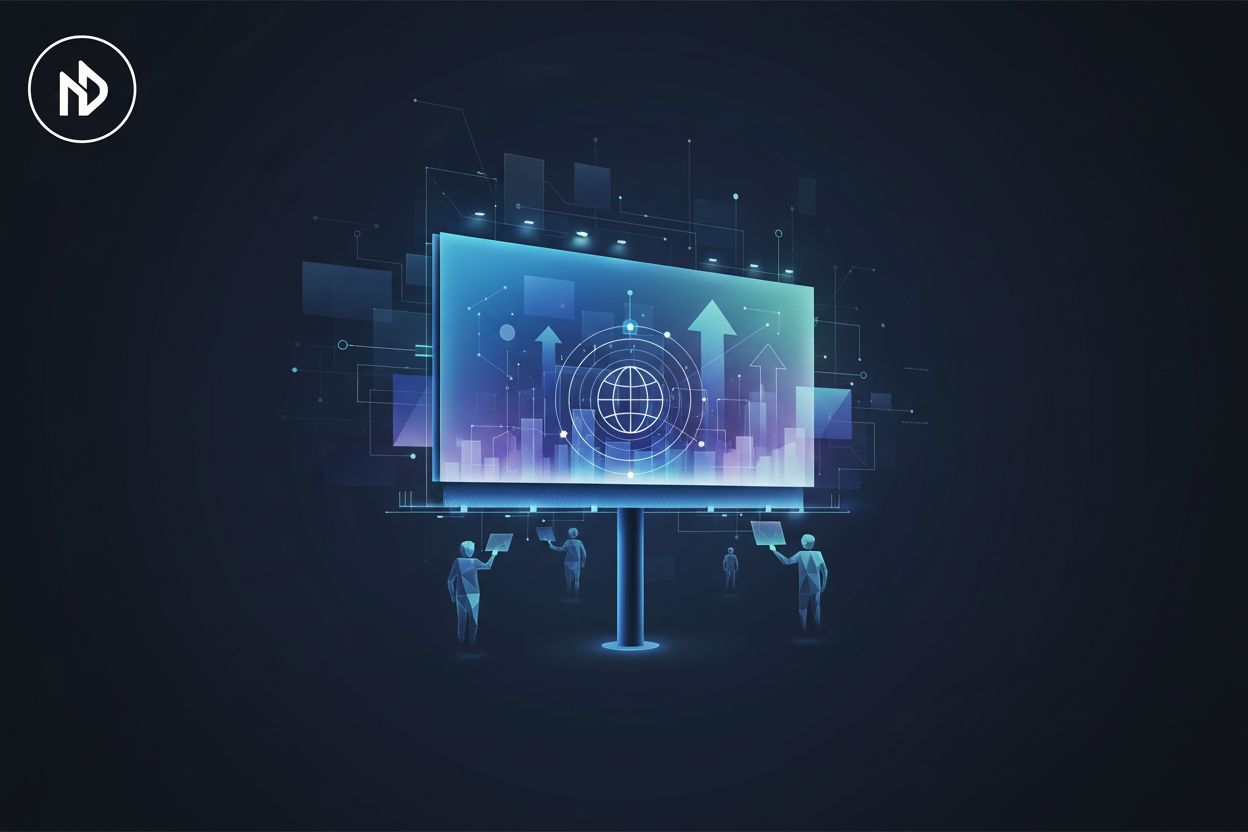AI-Driven Customer Lifetime Value (CLV) Prediction: A Strategic Imperative for Digital Transformation
TL;DR
Understanding Customer Lifetime Value (CLV) in the Digital Age
Did you know that 20% of your customers might be responsible for 80% of your future revenue? Understanding Customer Lifetime Value (CLV) is key to maximizing profitability by focusing on high-value customers. In the digital age, this metric is more critical than ever.
CLV predicts the total revenue a business can expect from a single customer throughout their relationship. Instead of relying on traditional methods, AI-driven approaches use advanced analytics to segment customers. Key factors influencing CLV include:
- Retention rates: How often customers return.
- Customer engagement: The level of interaction a customer has with the insurer.
- Cross-selling opportunities: The potential for selling additional products or policies.
CLV is a strategic metric that informs marketing investments and resource allocation. It helps businesses understand the long-term profitability of their customer relationships. By accurately predicting CLV, companies can better allocate resources and improve marketing tactics.
Consider how AI can enhance client segmentation. As Datategy.net explains, AI's ability to segment customers based on complex behavioral data leads to more focused marketing campaigns and a higher return on investment.
As we delve deeper, we'll explore why CLV is essential for modern businesses seeking sustainable growth and profitability.
The Power of AI in Revolutionizing CLV Prediction
AI is changing how businesses understand their customers. By using AI, companies can now predict what customers will do next with greater accuracy.
AI excels at processing large datasets and finding patterns humans might miss. Machine learning and deep learning techniques allow for more accurate CLV forecasting. Real-time data integration means CLV predictions can be updated dynamically.
For example, AI can analyze a customer's browsing history, purchase patterns, and social media activity to predict their future buying behavior. This level of detail was previously impossible with traditional methods.
AI allows for customer segmentation based on behavior and preferences. Marketing campaigns can then be tailored to meet individual customer needs. This leads to improved customer satisfaction and loyalty.
Imagine a retail business using AI to identify customers who prefer sustainable products. The company can then send personalized offers for eco-friendly items, increasing the likelihood of a purchase.
Data-driven insights lead to better decision-making across the organization. Marketing and customer retention resources can be allocated more efficiently. Companies can reduce costs and maximize ROI through AI-powered predictions.
For instance, a financial institution can use AI to identify high-value customers who are at risk of leaving. The institution can then proactively offer personalized incentives to retain those customers, maximizing their lifetime value.
AI is revolutionizing CLV prediction by enhancing accuracy, enabling personalization, and optimizing resource allocation. In the next section, we'll explore how AI facilitates personalized customer experiences at scale.
Implementing AI for CLV Prediction: A Step-by-Step Guide
AI's ability to predict customer behavior is rapidly transforming how businesses operate. But how can you put this power into practice?
The first step involves gathering and organizing your data. This means pulling information from various sources:
- CRM systems: These hold valuable customer interaction data.
- Website analytics: Track customer behavior on your site.
- Social media: Monitor customer sentiment and engagement.
Make sure your data is accurate, consistent, and complete. Cleaning and preprocessing techniques are essential to remove errors and ensure compatibility with AI models.
Next, choose the right AI model for your needs. Several algorithms can predict CLV:
- Regression models: Useful for establishing relationships between variables.
- Neural networks: Capable of handling complex patterns.
Evaluate AI tools based on scalability, integration capabilities, and ease of use.
Now, it's time to train your AI model. Split your data into training and testing sets. Feed the AI system historical data, and continuously update it with new information. Adjust the model's parameters based on performance metrics. This ensures accuracy over time.
As AI continues to evolve, staying current with the latest developments is essential. In the next section, we'll explore how AI facilitates personalized customer experiences at scale.
Real-World Applications and Case Studies
Did you know AI can predict what you'll buy next? Businesses are increasingly using AI to understand customer behavior and predict Customer Lifetime Value (CLV). This enables them to tailor experiences and boost loyalty.
Online retailers use AI for personalized product recommendations. AI analyzes past purchases, browsing history, and preferences. This helps them suggest relevant products to customers.
For example, an e-commerce platform might use the following code to detect frustration:
if customer_clicks > 10 and time_on_page < 60:
display_help_message()
This increases customer engagement and boosts sales.
Telecom companies use AI to predict customer churn. They analyze usage patterns, customer interactions, and service records. This allows them to identify high-value clients.
Preemptive actions, such as tailored discounts, help reduce churn rates.
Content streaming platforms use AI algorithms to analyze viewing habits. These algorithms suggest tailored content to individual users. This enhances user experience and retention.
Companies integrate machine learning models to predict future purchases. This allows them to personalize communications. It also helps create individualized beauty tips and product recommendations.
Better inventory management aligns with predicted customer demand patterns.
By predicting CLV, businesses can focus on creating personalized experiences. This leads to increased customer satisfaction and long-term profitability. Next up, we'll explore how AI facilitates personalized customer experiences at scale, unlocking new levels of customer engagement and value.
Overcoming Challenges and Ethical Considerations
Data privacy is a serious concern when using AI for CLV prediction. What steps can businesses take to ensure they're handling customer data ethically and responsibly?
You must address ethical and legal issues related to data collection and analysis. Compliance with regulations like GDPR is essential. Transparency builds trust with customers.
Ensuring data accuracy is crucial. Proper cleaning and validation are necessary, as is mitigating biases in AI algorithms. Combining multiple data sources gives you a complete picture of customer behavior.
AI models must be flexible and continuously updated. Incorporate seasonal changes and trends. Continuous monitoring and model retraining keep up with changing behaviors.
As AI changes, its role in CLV prediction will evolve. Next, we'll explore the future of AI in digital marketing.
The Future of AI in CLV Prediction and Digital Marketing
AI's impact on Customer Lifetime Value (CLV) prediction is set to grow even more. Expect to see AI algorithms that not only analyze past behavior but also anticipate future needs with greater precision.
Real-time personalization will become the norm, where AI adjusts marketing messages and product recommendations based on a customer’s immediate interactions.
Long-term trend forecasting will improve, allowing businesses to prepare for shifts in consumer behavior well in advance.
AI integration with technologies like augmented reality will create immersive customer experiences.
Investing in AI technologies will be essential for customer-centric innovation.
Building a data-driven culture within the organization enables better decision-making.
Continuously monitoring and adapting to evolving customer needs ensures relevance.
The future of digital marketing hinges on these advancements, promising a more personalized and effective approach to customer engagement.




